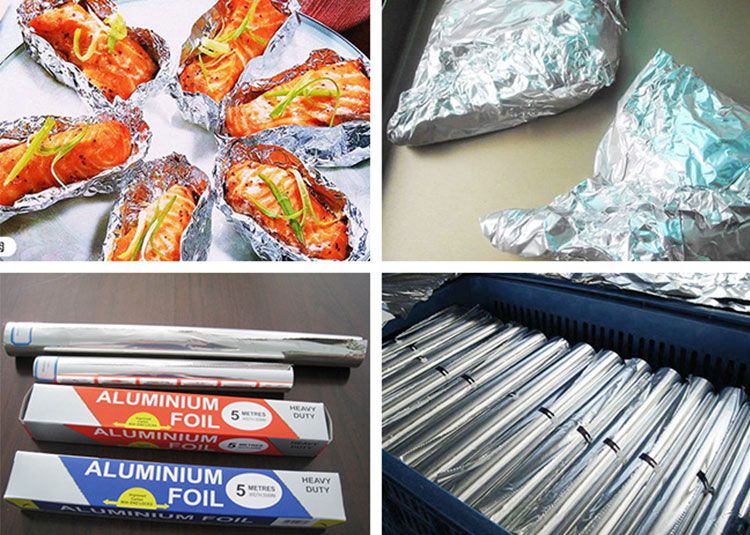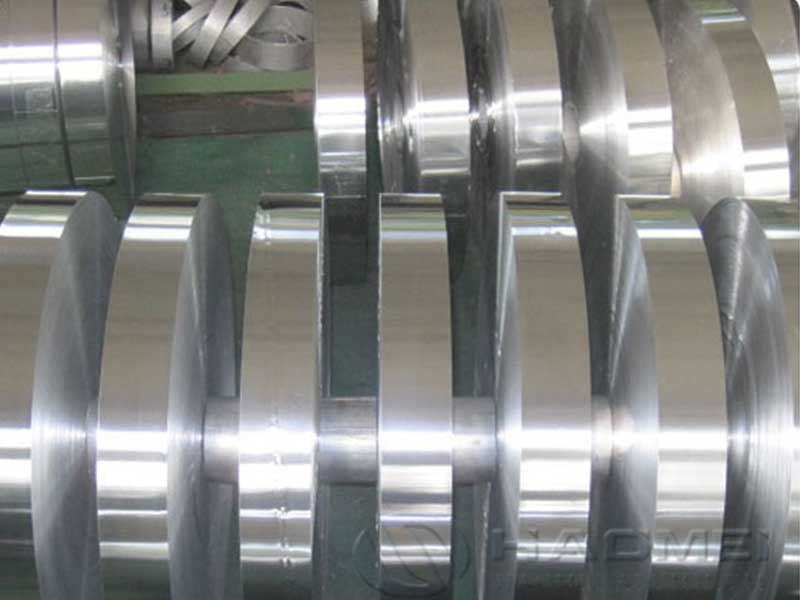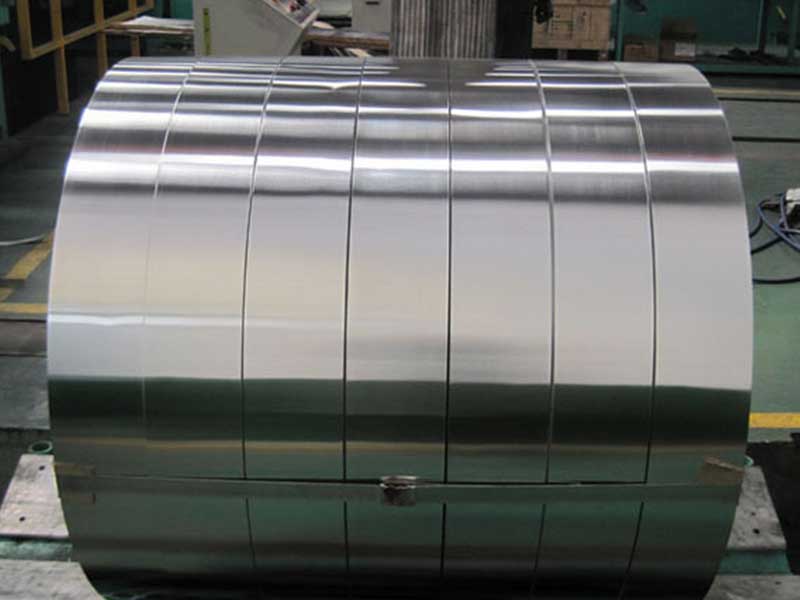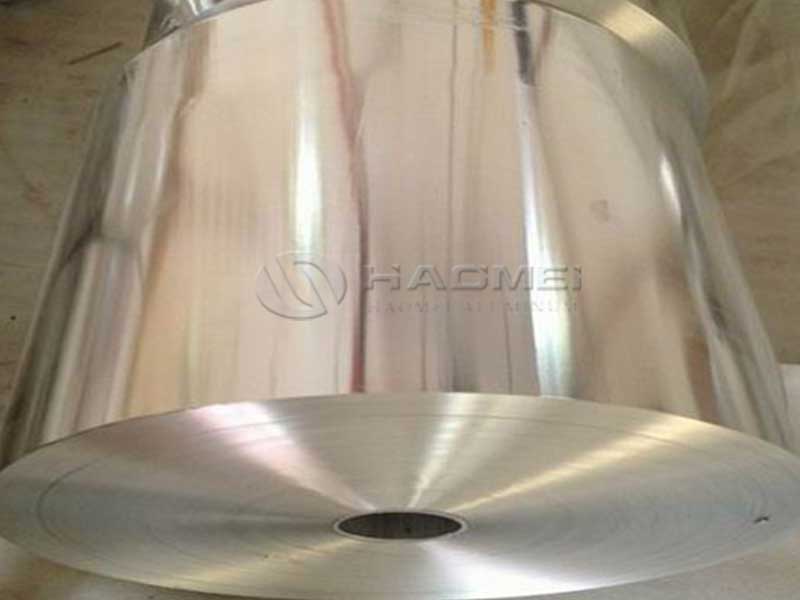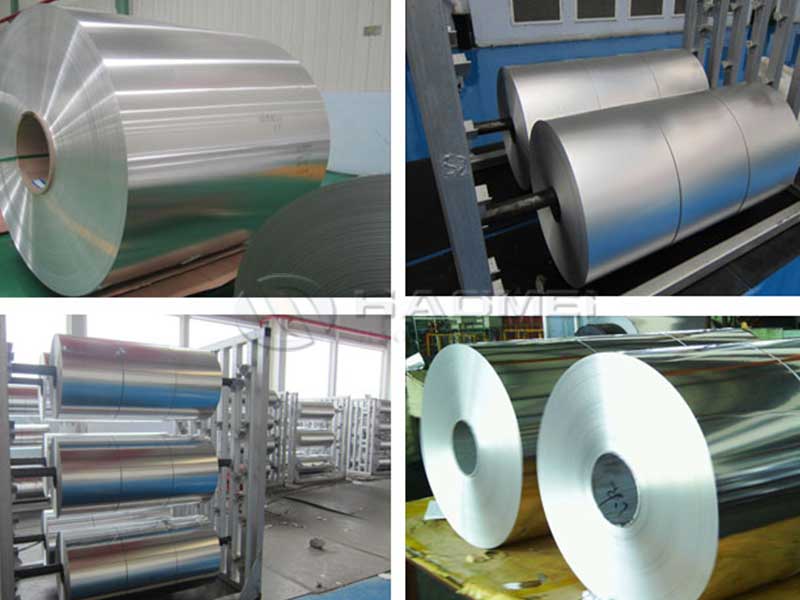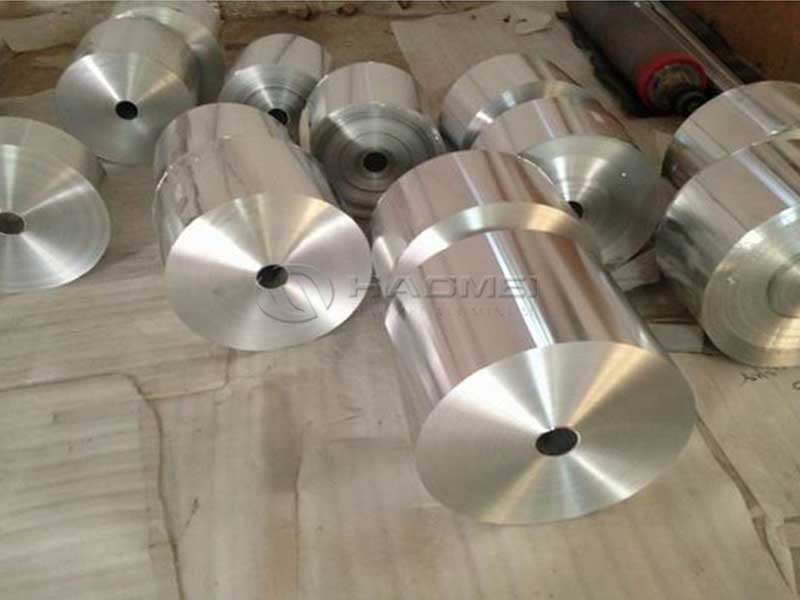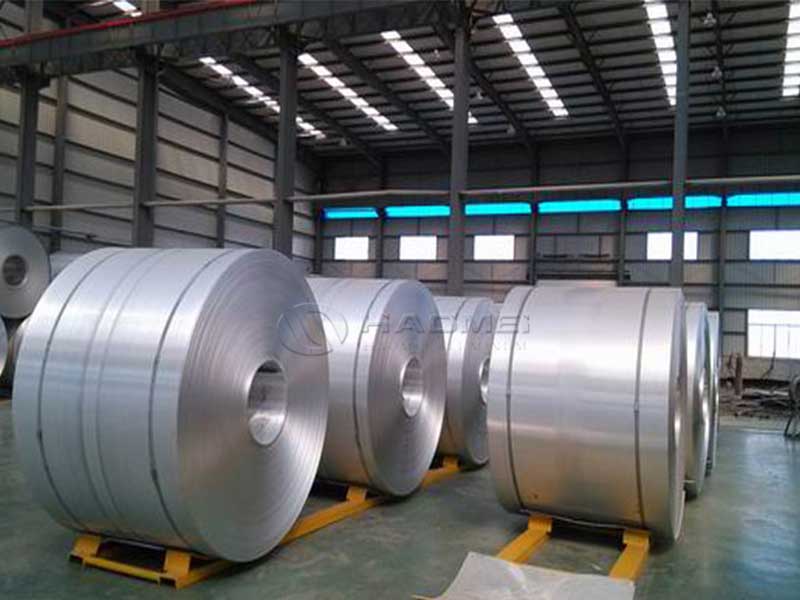aluminum foil for battery
Aluminum has been extensively used in recent years as a cathode foil in the manufacturing of lithium-ion batteries. Notable applications include consumer electronics and power tools, to Hybrid and Electric Vehicles. Typical alloys (1050, 1060, 1070, 1100, 1235, 8021, 8079).
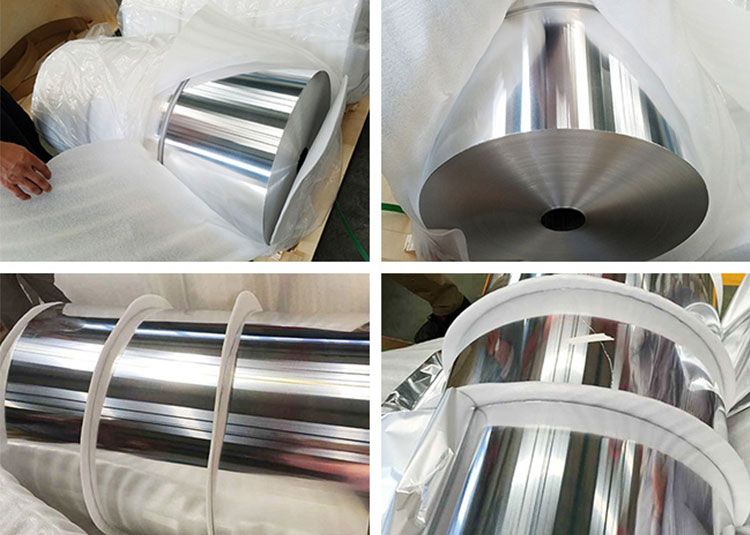
Specifications of Battery Aluminium Foil
| Use | Battery soft package | Lithium battery |
| Typical alloy | 8021, 8079 | 1050, 1060, 1070, 1100, 1235 |
| Temper | O, H*4, H*8 | |
| Thickness (mm) | 0.015-0.2 | |
| Width (mm) | 100-1600 | |
| Length (mm) | Coil | |
| Treatment | mill finish | |
| Packaging | Standard seaworthy export packaging. Wooden pallets with plastics protection for the coil and sheet. | |
Application of Battery Aluminium Foil
Aluminum foils as cathode materials in lithium-ion batteries are good candidates for current collectors because it has some advantages for being used. Aluminum has a lower specific gravity, lower electrical resistivity, and higher heat conductivity. Also, aluminium does not dissolve in high action potential levels in non-aqueous electrolyte solutions such as in lithium-ion batteries. These properties make aluminum a good choice to be used as a cathode collector in lithium-ion batteries. With these properties, porous aluminium also can help the weight reduction of component materials, and improvement of heat transfer and performance quality of lithium-ion batteries.
There are some options to improve the properties of aluminum foil. Recently, aluminum foils coated by carbon are started to use in lithium-ion batteries. This foil can reduce overall charge transfer resistance and improve adhesion at the active layer/current collector interface, and also prevent Al corrosion caused by organic electrolyte and even alkaline slurry.
Composition of battery aluminum foil
The aluminum-plastic film for a soft pack lithium battery is divided into an outer nylon layer, middle aluminum foil layer, and inner polypropylene film layer according to the structure. In different ways, aluminum-plastic film can be divided into two types: the dry method and the thermal method.
| Polypropylene film | Polypropylene film |
| binder | binder |
| aluminum foil | aluminum foil |
| binder | binder |
| Ny | Ny |
| Dry aluminum plastic film structure | thermal aluminum plastic film structure |
The advantage of dry-laid products is that they have good formability. The process flow is shown in the figure below. The aluminum foil and CPP are bonded with special glue. Generally, the side of the aluminum foil is glued. After drying, it is combined with CPP by heating and rolling to obtain an aluminum-plastic composite film.
The selection of glue plays a decisive role in the performance of the dry-process aluminum-plastic film. The existing glue has excellent bonding performance after updating and iteration and has good electrolyte resistance. In addition, the low-temperature aging process is adopted, which effectively reduces the slow crystallization effect of the aging process on CPP, and avoids the whitening phenomenon during the mold-forming process.
Thermal aluminum plastic film process
At present, there are many types of thermal aluminum-plastic film processes on the market, which can be generally divided into three types, co-extrusion lamination process, sandwich lamination process, and thermal lamination process.
1. Co-extrusion lamination process
The acid-modified polypropylene layer and the multi-layer polypropylene layer are co-extruded and poured on the surface of the aluminum foil. Under this process, the acid-modified polypropylene melt can fully contact the surface groove of the aluminum foil, the anchoring area is large, and a strong bond is formed. And the production efficiency is very high and can reach 100-120m/min. The traditional thermal aluminum-plastic film adopts the co-extrusion lamination process.
2. Meiji-style coating process
The acid-modified polypropylene is extruded through an extruder. The acid-modified polypropylene is laminated between the aluminum foil unwound on both sides and the CPP roll. The molten acid-modified polypropylene and the CPP roll pass through the extrusion process Because the acid-modified polypropylene and CPP film rolls are not melted and extruded together, there is a phenomenon of low adhesion between the acid-modified polypropylene and CPP layers, and there is a risk of delamination during long-term use. And the production efficiency is not high, and there are not many manufacturers using this process on the market.
3. Hot paste process
The acid-modified polypropylene and polypropylene are co-extruded and cast in advance to make a CPP film roll, and then pressed together with the aluminum foil roll at high temperature, the production efficiency is low, generally 30-50m/min. Compared with the previous two laminating processes, the acid-modified polypropylene layer cannot be completely pressed into the grooves on the surface of the aluminum foil during the short high-temperature lamination stage, so the adhesion is worse than that of the laminating process, and the low production efficiency.
Dry-process crafts have good pitting performance, the glue has been updated and iterated, and has excellent electrolyte resistance. Thermal process crafts adopt the traditional co-extrusion lamination process, which has excellent bonding performance, excellent electrolyte resistance, and high production efficiency.
1050 1060 1070 1100 1235 8021 8079
https://www.aluminum-sheet-metal.com/application/aluminum-foil-for-battery.html
Related Products
Related Blog
Comparison between Aluminum Foil and Tin Foil
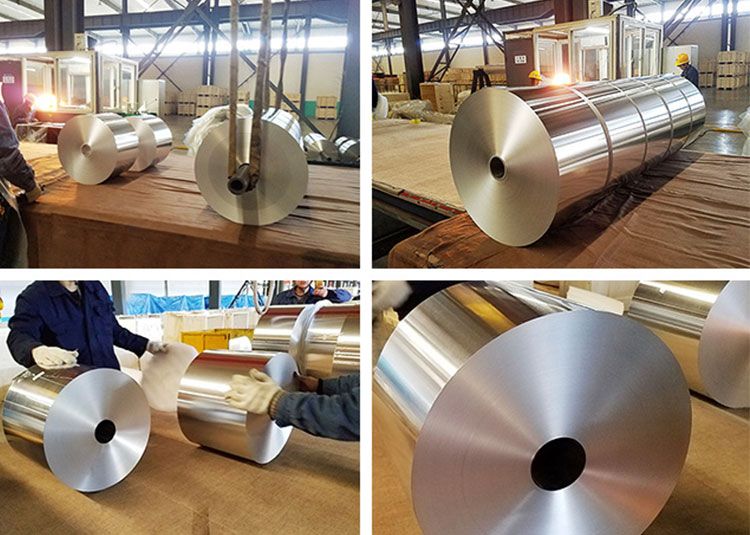
Packaging aluminum Market Research

1100-O Aluminium Fin Stock - An Innovative Heat Exchange Material
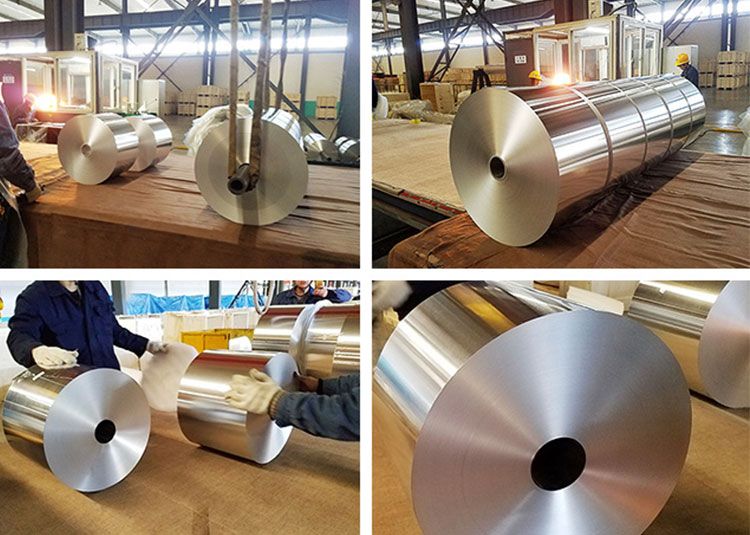
The Development Trend Of Aluminum Foil For An Air Conditioner
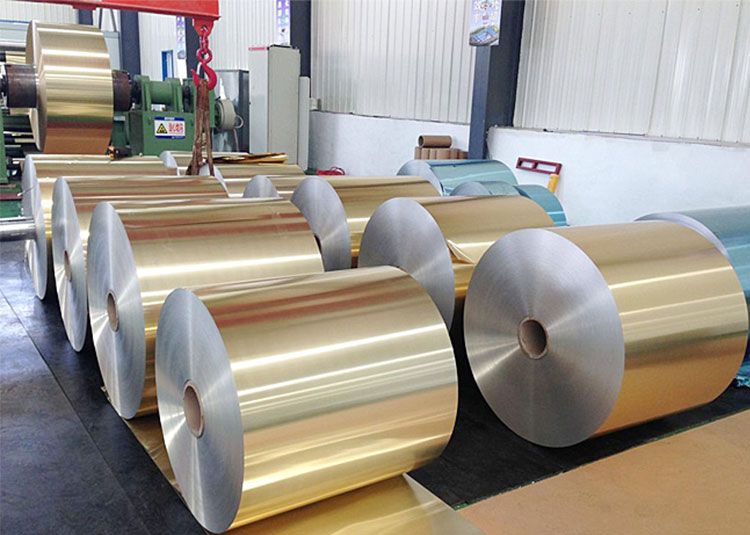
Physical properties of aluminum foil
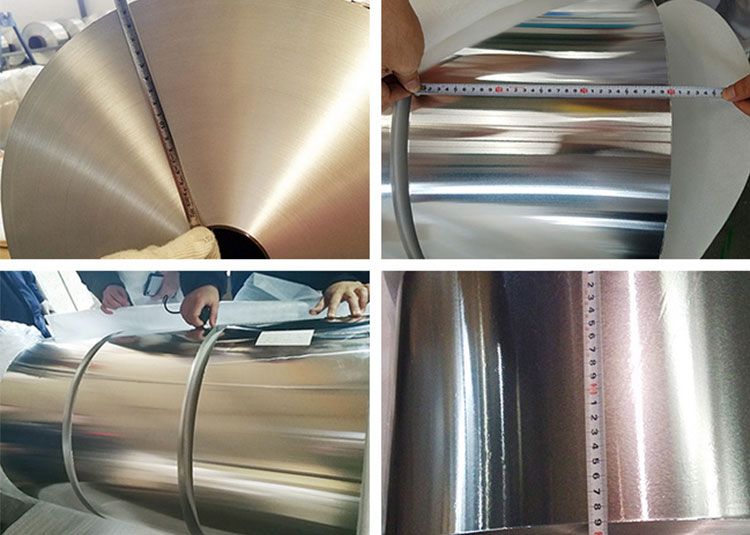
Processing method of aluminum foil
